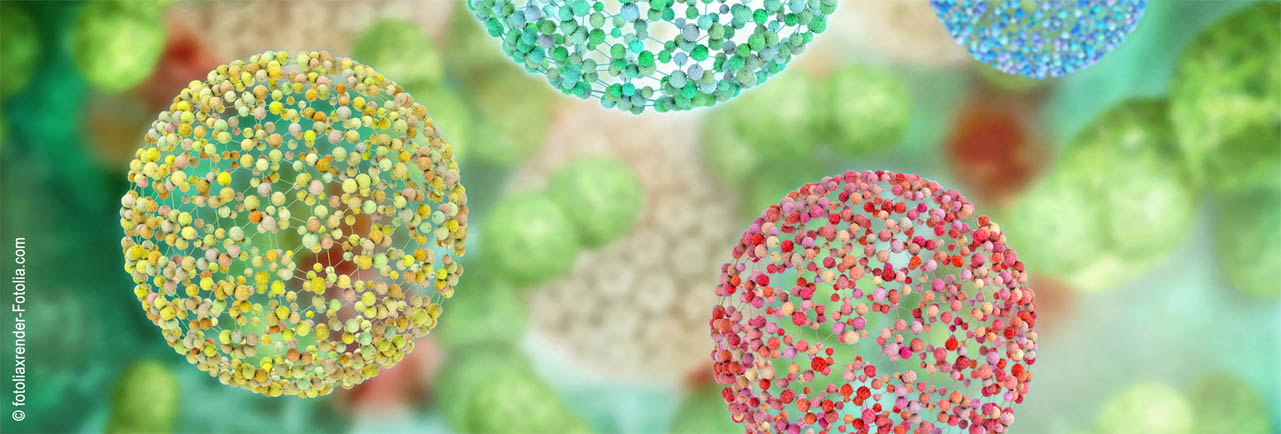Speaker
Description
High-density lipoproteins (HDL) are responsible for the removal of cholesterol from artery walls, thus providing atherosclerotic protection. Apolipoprotein AI (ApoA-I) is the major protein component in HDL. Different ApoA-I variants have been shown to influence the lipid binding capabilities of HDL, in regards to both the type and the amount of lipids bound. The variant carrying a substitution of the glycine in position 26 with an arginine (G26R) and the variant carrying a substitution of the lysine174 with a serine (L174S), are ApoA-I variants associates with a degenerative disease known as hereditary amyloidosis. However, these variants have been found to be particularly efficient at catalyzing cholesterol removal, despite their apparent lower affinity for phospholipids.
First, we attempt to unravel the reconstituted HDL (r-HDL) ultrastructure by SAXS. This enable to determine any differences in the structure due to either lipid cargo (containing either saturated (DMPC) or unsaturated (POPC) phospholipids) or apoA-I variant.
Then, these rHDL are incubated with model membranes to understand how the structure of the particles can influence their functionality. With the purpose of understanding the effect of the different ApoA-I variants in lipid removal, deposition, and exchange, we performed Neutron Reflection and attenuated total reflection fourier transformation infrared spectroscopy (ATR-FTIR) experiments to follow the interaction of r-HDL with model membranes composed of deuterated DMPC, deuterated POPC or deuterated DMPC mixed with cholesterol, to investigate the effect of saturation in the lipid tails and the effect of the presence of cholesterol in the membranes.
These results shed light on how cargo and apolipoprotein variant affect the structure and rHDL functionality.

